I’m a fan of these Haynes operator’s manuals and there seems to be no end to subjects the publisher is willing to approach. I had contact with an author of one of the books from this range I have reviewed and he was most encouraging about the production process and was keen to do more.
He even suggested I should consider writing one, myself. Oh how we laughed. I’ll stick to reviews, methinks.
This time around we have a nice bundle to consider, but they are all, once again, first rate products.
First up we have Chris McNab’s description of the classic German 88mm gun. Now, I can already see the idea of owning, let alone operating one of these things is utterly left field; but I do know a chap who has one and he does hook it up behind one of his motors every so often.
My experience is anchored to model kits and snapping the occasional example I’ve seen at military shows.
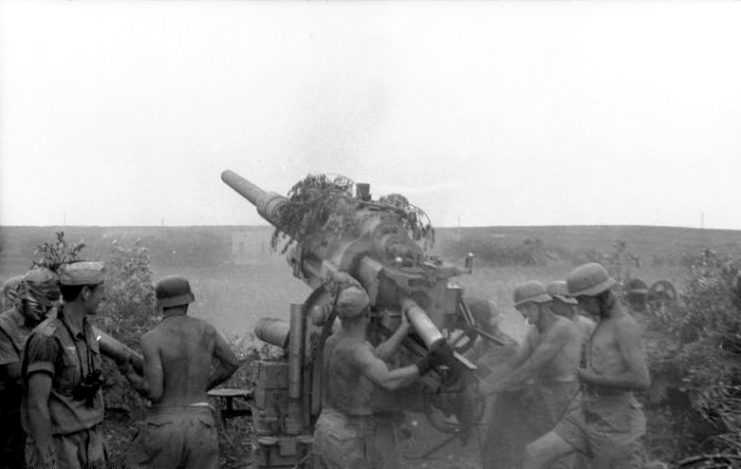
The 88mm gun is one of the most recognisable weapons of WW2 when seen in its classic configuration. Mr McNab takes us through an immensely detailed inspection of the gun and its carriage in this form, showing all the fixtures and fittings along with how the gun works. You will even learn the tyre pressures for the pair of bogies used to tow the weapon. All four Models of the gun are described – 18, 36, 37 and 41.
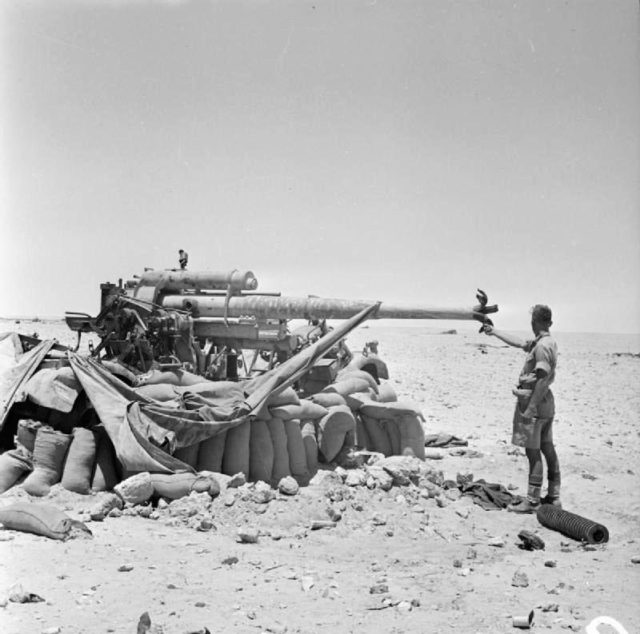
We see the gun in anti-aircraft and anti-tank roles through a mixture of archive photography and contemporary artwork to go with useful descriptions of how the gun was operated.
There are descriptions of ammunition, towing and maintenance and other facets that help to build a complete picture of the weapon. Being a sucker for the German half-tracks I was particularly pleased to see information on them.
All in all, this book represents a top quality look at the 88mm gun. I would suggest there is a lot here for model makers, or perhaps you are restoring the real thing. Either way, there is a lot here to use and admire.
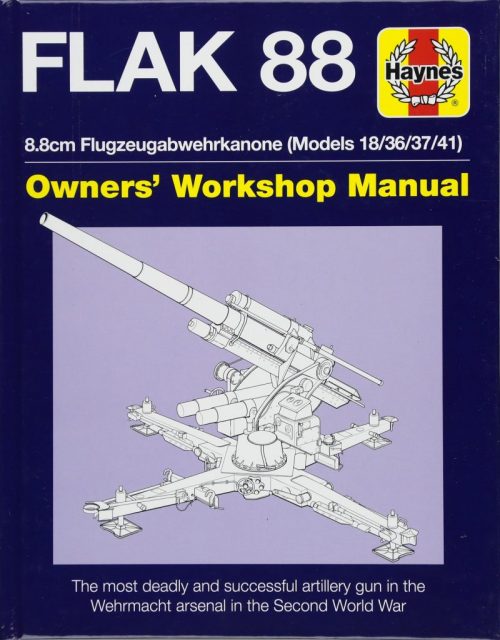
FLAK 88
8.8cm Flugzeugabwherkanone (Models 18/36/37/41)
By Chris McNab
Haynes Publishing
ISBN; 978 1 78521 133 1
We step into the jet age with Keith Wilson’s superb look at the design and operation of a classic aircraft from the Cold War era that suffered the slings and arrows of political musical chairs for much of its time in service.
The appearance of the new Sverdlov class of cruisers back in the early 1950s saw a cash strapped Royal Navy look for an alternative way of countering the new Soviet threat by introducing a new carrier borne strike aircraft capable of attacking the ships.
The aircraft that was eventually selected for the role was the Blackburn Buccaneer and the distinctive looking machine was in service with a number of naval air squadrons flying from four carriers when the politicians struck again.
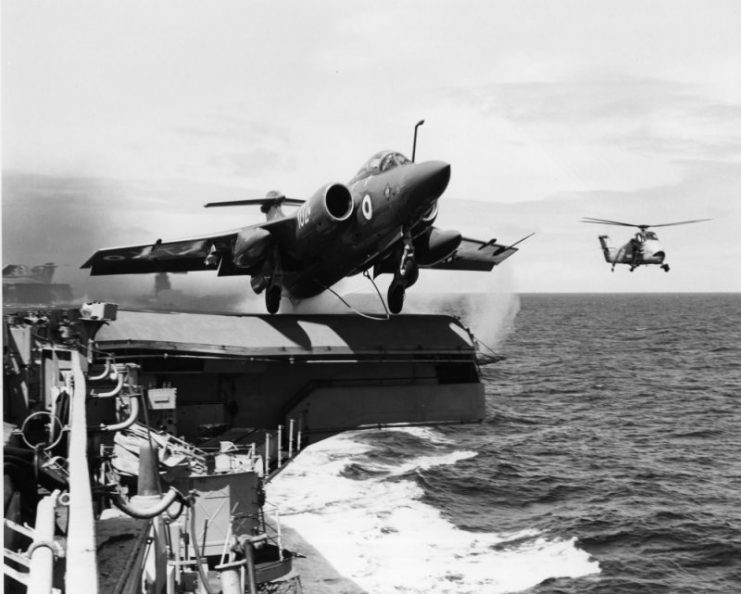
The name TSR-2 is synonymous with impressions of disastrous political decision making when that stunning bomber was strangled at birth. The impact on the British aircraft industry, quite apart from the ramifications for the Royal Air Force cannot be underestimated.
Cost cutting was the order of the day, so the British government elected to replace TSR-2 with the conveniently available, and cheaper, F-111. But it was then decided that the proposed fifty aircraft were, themselves, too expensive.
Further decisions were made to wind down the British carrier fleet and as a consequence the Royal Navy’s Buccaneers were handed over to the Royal Air Force.
Living in an era when the crunch on defence spending creates just as many lamentable moments, the saga of the Buccaneer seems quite extraordinary, and yet it happened.
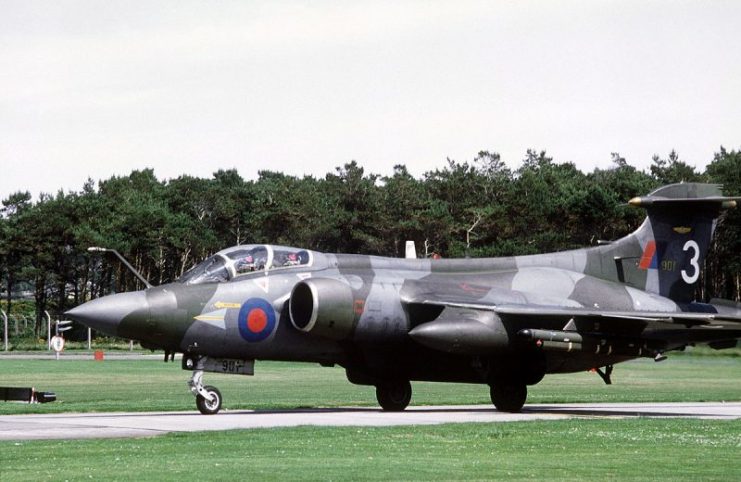
The RAF took over the Buccaneer and ran it successfully right up to the 1991 Gulf War when the aircraft took part in bombing operations against the Iraqis.
It was a laudable finale to the service life of a superb aircraft that did so well despite the best efforts of the grey men in suits.
Mr Wilson takes us through the development and service of the Buccaneer along with all the usual ingredients to do with construction and maintenance and flying the jet. There are chapters on naval and air force operations in addition to descriptions of how the Buccaneer faired in service with the South Africans, the only foreign buyer of the type.
I’m the right age to think of the Buccaneer as a classic and can recall a time when they made appearances at air shows. Now some survive as museum exhibits. This excellent book really brings the aircraft to life and I thoroughly recommend it.
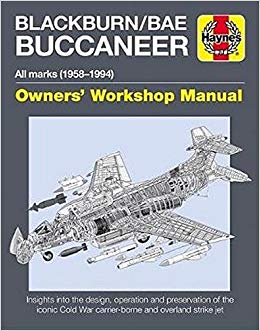
BLACKBURN/BAE BUCCANEER
All marks (1958-94)
By Keith Wilson
Haynes Publishing
ISBN: 978 1 78521 116 4
I’m dipping into what is, for me, less familiar waters with this absorbing history of the Grumman F-14 Tomcat. Author Tony Holmes is quick to acknowledge the Top Gun effect, and he is right to do so; because the movie is just about the only memorable exposure of any sort I’ve had to the aircraft. I had never seen one in the flesh until I paid a visit to the USS Intrepid in New York five years ago.
Mr Holmes clearly loves this aircraft having seen a good number back in his native Australia when US carriers came calling. He follows the standard formula of a Haynes book by telling the bald story of design and development before getting into the guts of the airplane.
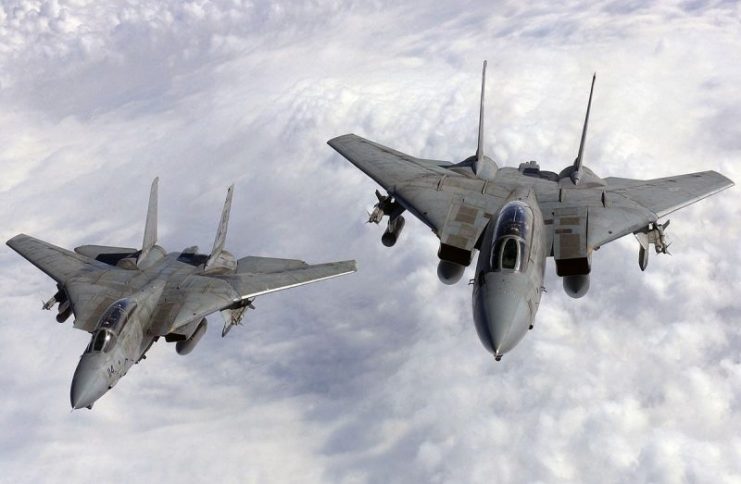
The F-14 is certainly a beast and there is much to learn about its construction and capability. There is something about the big swing-wing (or variable geometry, if you prefer) jets that appeals.
The follow on chapters recount the service life of the F-14 and we learn about aircrew training of the pilots and Radar Intercept Officers who worked their magic in the back seat through the recollections of instructor Doug Denneny.
A further chapter is given over to Bill Lind where he gives an insight into the systems operated by the RIO.
Further down the line aircraft maintainer Daniel Dixon tells his story. This leads us back to Topgun – the Navy Fighter Weapons School where graduate and instructor Dave Baranek tells his story.
These recollections help create a substantial book where the author expands his role to that of an editor to draw in the content required to build a full picture.
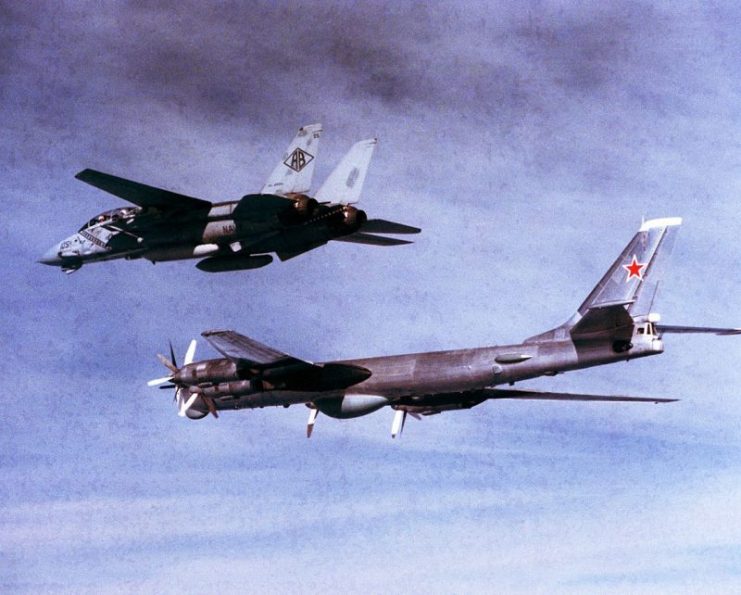
There is a brief history of the F-14s purchased by the Iranians during the 1970s. Iran was the only country to buy the F-14 but the fall of the Shah’s regime and events that followed put an end to continued technical support from the United States.
Some equipment was traded for the release of hostages in the Lebanon but further development of the remaining aircraft was all done in-house.
According to the author, the Iranians have forty aircraft in service and another dozen in storage. Some of these aircraft have been carrying out missions over Syria in recent times and the Iranian F-14s remain a potent threat.
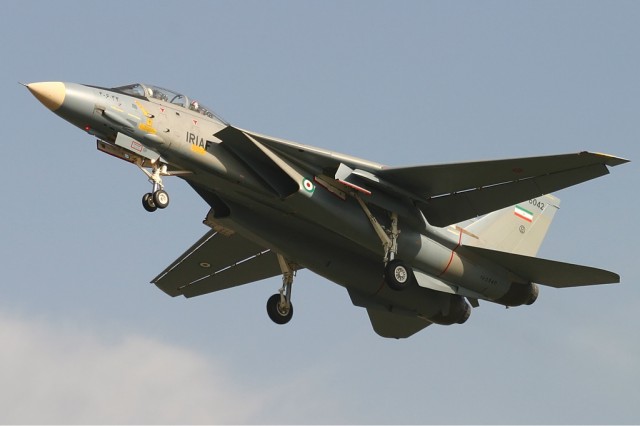
This is an excellent book. I got right into the subject and there seemed to be no end to it. For me, this is why this range works so well.
I picked the book up knowing next to nothing and came away with a greater appreciation for an airplane that is a lot more than a mere movie star.
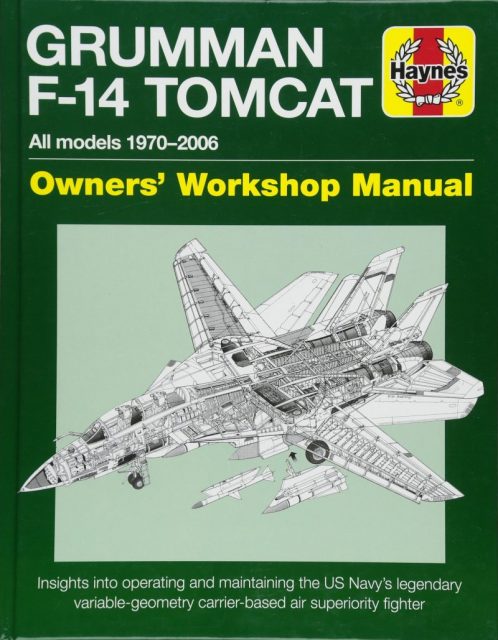
GRUMMAN F-14 TOMAT
All models 1970-2006
By Tony Holmes
Haynes Publishing
ISBN: 978 1 78521 100 3
Reviewed by Mark Barnes for War History Online
